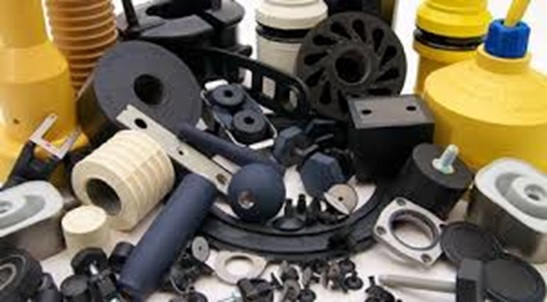Rubber is a good insulator; a good holder; has high friction and many other properties which makes it popular for industrial and domestic applications. From very simple applications like rubber grips to complex applications like automotive components, rubber can be found everywhere. Every time a rubber is used, it becomes imperative to understand its basic properties to declare it fit to use. If the manufacturer is not aware of the properties of its raw material, it would be impossible to predict its behaviour in real working conditions. To estimate the behaviour and tolerance of raw material environmental chambers are used. Hot air oven, weathering chamber, humidity chamber, a deep freezer is used primarily.
Rubber tends to change its properties when exposed to extreme conditions. In this post, we will discuss the effect of different climatic conditions on rubber samples.
Humidity Chamber – In coastal applications and coastal areas, very high humidity percentage can be observed. Vulcanised rubber absorbs water and moisture from the surrounding. There is a general belief that rubber does not absorb water, or remain unaffected by moist surroundings. It is resistant to water to some extent but not 100% water proof. So, the manufacturer must consider that his sample should not show volatile behaviour in such conditions.
Deep freezer – When exposed to extreme cold temperature, the rubber tends to get harden due to shrinking. Sometimes, it develops a crack due to stress caused by shrinking. Especially in an automotive application, the manufacturer cannot afford to have such product failure. In fact, in other crucial applications like aerospace, where there is high pressure with the rise in altitude, the test sample should withstand the environmental shocks.
Hot air oven – This chamber tests the properties of rubber sample when subjected to heat. Rubber is used as insulation for high tension wires. The general tendency of solids is to expand on heating. If the wire insulation expands due to heating, it would develop cracks. Thus, may lead to leakage of current. Similarly, due to friction, rubber tyres develop heat. The product should not fail in such conditions. This is why the sample behaviour is assessed prior to use in the application.
Weathering Chamber – This chamber simulates all conditions in one chamber. Weathering test is important to perform for those applications, where rubber might have to face different conditions, like high tension wires. It would face heat, sunlight, humidity, condensation and rain. In these conditions, the product should not fail.
The more a sample is tested stringently, the less are chances of failure of the product.
